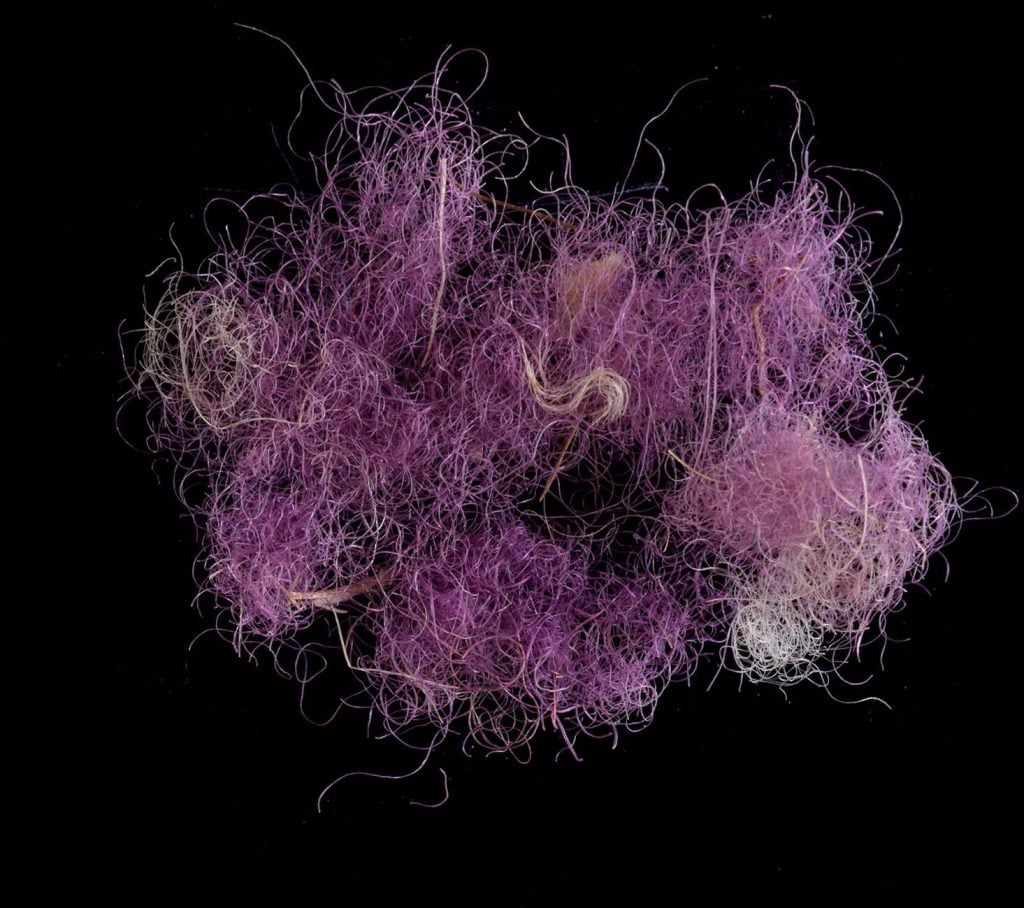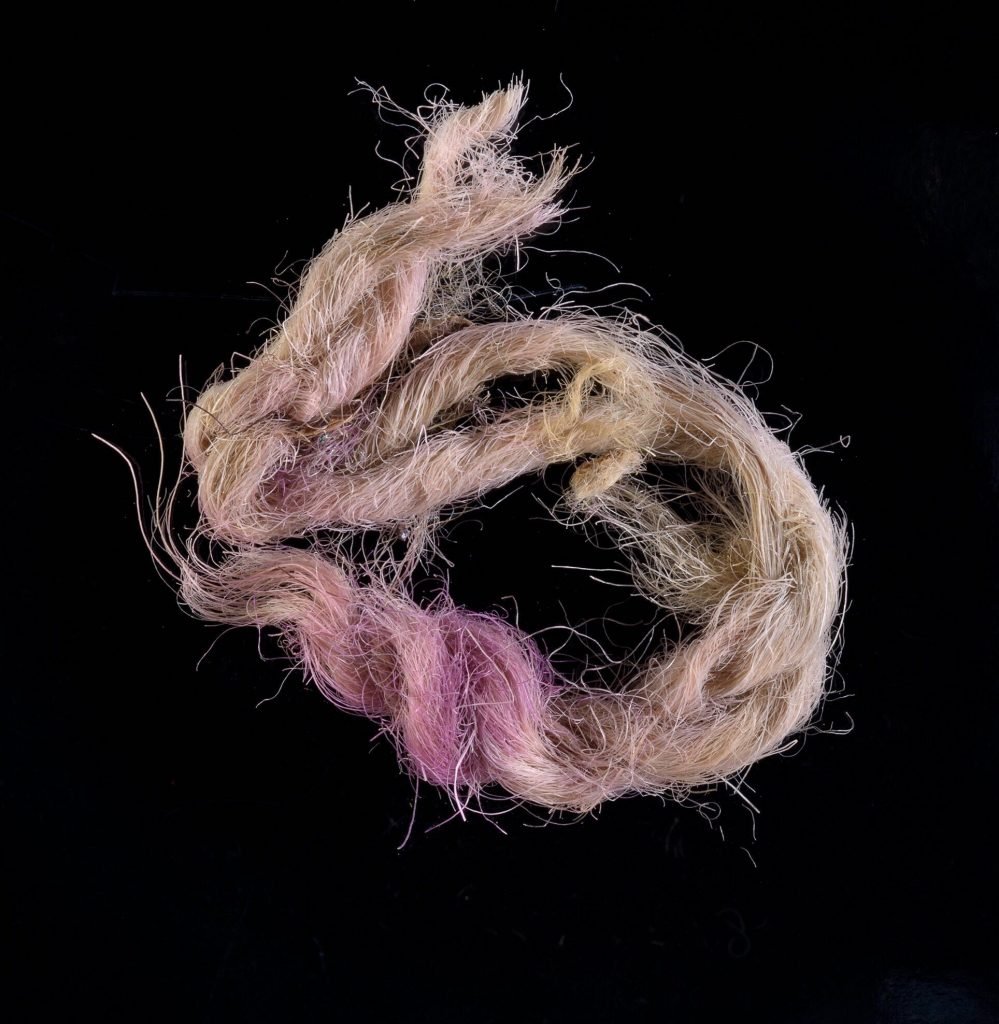Archaeology & History
Archaeologists Have Discovered Ancient Textiles in Israel Colored With a Purple Sea-Snail Dye That Was Once More Valuable Than Gold
The discovery challenges our understanding of the peoples who lived in the region.

The discovery challenges our understanding of the peoples who lived in the region.

Archaeologists in Israel have discovered three textile scraps containing purple dye dating to around 1000 BC, when King David is said to have ruled the area in Israel’s southern tip, including Timna, where the discovery was made.
The find and its implications were outlined in a paper written by researchers from Tel Aviv University, Bar-Ilan University, and the Israel Antiquities Authority, and published in the scientific journal PLOS One.
The rich purple dye—described in the Bible as argaman, a precious color reserved for royals and priests—comes from the dye glands of live murex sea snails found on the shores of the Mediterranean Sea. That means the newly discovered fabric, found at a site known as Slave’s Hill near the Red Sea, is especially valuable for having traveled so far from where it was produced.
“It’s deep in the desert where we didn’t traditionally think these prestigious materials were in use,” Erez Ben-Yosef of Tel Aviv University told the Times of Israel.
The presence of the textiles indicates a more complex social system than is typically associated with the nomadic peoples of Timna.

Wool fibers dyed pink-purple hue (photo by Dafna Gazit, courtesy of the Israel Antiquities Authority).
“The gorgeous shade of the purple, the fact that it does not fade, and the difficulty in producing the dye… all made it the most highly valued of the dyes, which often cost more than gold,” researcher Naama Sukenik notes in the paper.
Earlier excavations had turned up samples of the purple dye on mollusk shells and fragments of pottery in the area, but not in fabric textiles. The article notes that although evidence of purple dye near the Mediterranean had been found and dated to the Middle Bronze Age in 2nd millenium BC, the new discovery is the oldest such find ever made in the Southern Levant.
The authors say that through analysis of the textiles, researchers can glean more information about the lives of Iron Age (ca. 1100–900 BCE) people, and thus have a better understanding of the region’s cultural and societal values.
Timna, once part of the Israeli kingdom Edom, emerged after the collapse of Egypt’s control over the Southern Levant.